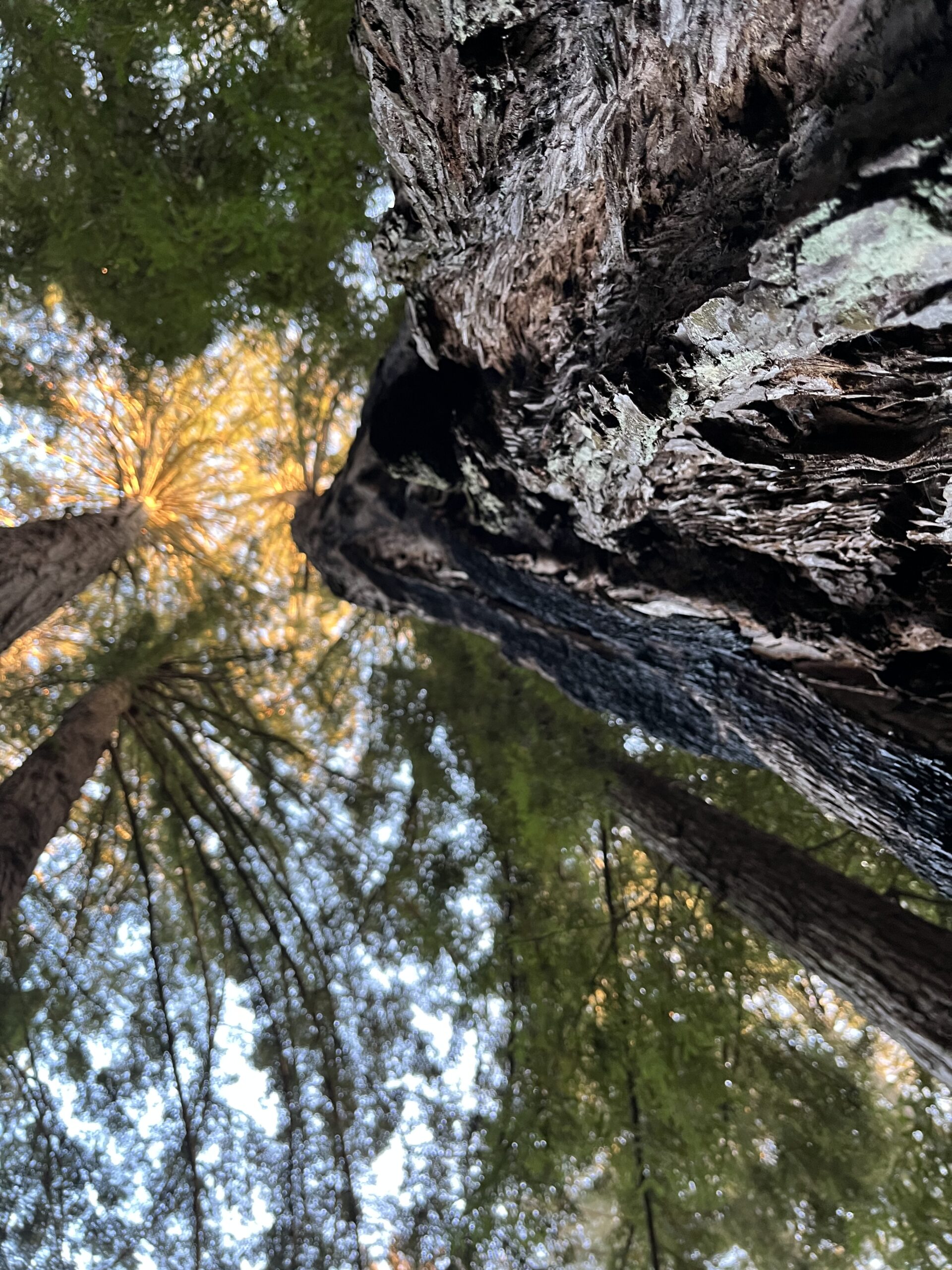
Services
A watershed approach to development ensures natural resource abundance, climate resilience, & future sustainability.
Farms and ranches are the interfaces between our wildlands and our human infrastructure. They provide the opportunity to creatively integrate ecological systems into our food and resource production. When done well, mutual benefits to the environment and the farmer’s bottom line can be achieved.

Fire
Erosion after a wildfire can be severe, causing damage to the environment and property, as well as contributing to the desolate look of a burned area. After a fire, storm runoff does not infiltrate like normal, resulting in rilling, landslides, flooding, and sedimentation. Roads can fail, culverts can plug, and topsoil can be lost. Understanding the science behind this soil loss and applying restoration techniques can prevent roads from failing, support forest regeneration, and reduce soil loss.

Sustainable Water Development
Water is now and has always been California’s wealth and its Achilles Heel. Managing water in ways that allow us to sustain our management — building things that last, and that foster groundwater protection is at the heart of our practice.

Wastewater
Water can be used multiple times before it is released into the environment. While contained water can be treated by service ecosystems. A Service Ecosystem has all the components of a natural ecosystem – soil, water, plants, microbes – but is designed to provide a service to humans, such as treating wastewater so that it can be recycled. A good system saves energy, recycles water, recycles nutrients, and reduces contaminants.

Rainwater & Stormwater
Reduced water waste is the least expensive way for California to obtain the next one-third of water, according to the Pacific Institute. Low Impact Development retains water in cisterns and the landscape for security and future use. It is a cheaper way to address stormwater and helps with water supply and climate change issues.

Climate
Energy and Water are inextricably linked. Our water usage consumes large amounts of energy in pumping and treatment about 15% to 20% in California. Our energy usage consumes large amounts of water to cool power plants, about one-third of U.S. freshwater.

Environmental Regulation
Village Ecosystems recognizes that regulations were created to preserve the environment we love AND policy does not always allow for the creativity and best function of life. VE helps facilitate engagement with agencies that implement the legal framework for how we go about doing work on our land.

